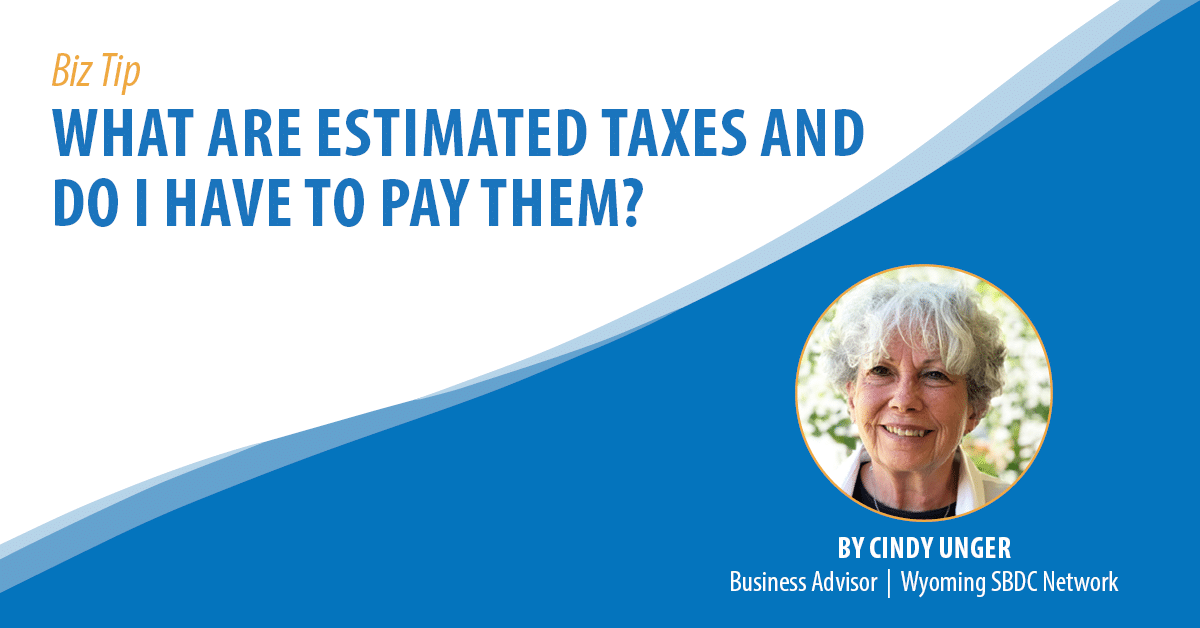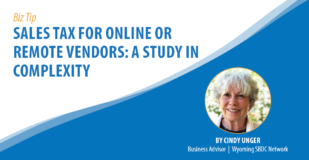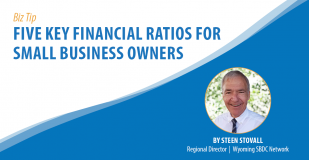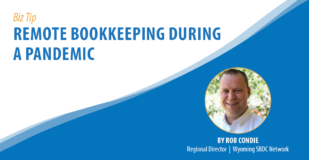As a sole proprietor, partner or member of an LLC, you will be responsible for paying Estimated Taxes to the IRS on a quarterly basis at the point where you owe tax of $1,000 or more when your return is filed. The IRS does not consider the owner as an “Employee,” and you are not permitted to take a regular paycheck with taxes withheld from the business unless the business is registered as a corporation. Instead, the owner(s) take what is known as an “owner draw.” You simply write yourself a check from the business with no taxes withheld and will be responsible for paying Estimated Taxes personally on a quarterly basis. If you have other employment, you can avoid paying quarterly Estimated Taxes by requesting that your employer withhold additional tax from your earnings by filing a new Form W-4.
The IRS requires that taxes be paid as you earn or receive income during the year. Taxpayers who did not pay enough tax throughout the year may be assessed a penalty for underpayment of estimated tax. Estimated tax payments cover income tax, Social Security, Medicare, and alternative minimum tax, if appropriate.
To figure how much Estimated Tax to pay, use the worksheet in IRS Form 1040-ES. On the worksheet, estimate the amount of income you expect to earn for the year, along with your deductions and credits. If you are an established business, your prior year tax return should be useful to determine these numbers. Projecting income for a start-up business is very unpredictable, and the income reported on last year’s return may have absolutely no relation to what happens with a new business venture. Fortunately, the IRS permits you to complete another Form 1040-ES worksheet and refigure your estimated tax for each quarter. Thus, you can “pay as you go.” If your income varies considerably and you do not want to recalculate your Estimated Taxes quarterly, you can divide the total tax paid in the previous into four equal payments. As long as you pay 100% of the total income tax you paid in the previous year (or 110% if adjusted gross income was over $150,000) you will not be penalized for underpayment. Be aware; however, that you will still owe tax at the end of the year on any additional income earned.
To pay Estimated Taxes, you can send the payments with Form 1040-ES by mail or pay online using EFTPS, by phone or from your mobile device. Payments are typically due April 15, June 15, Sept. 15 and Jan. 15 (Jan. 18 in 2022).
You do not have to pay Estimated Tax for the current year if you had no tax liability for the prior year, i.e., if your total tax was zero or you did not have to file an income tax return. Although you are not required to file quarterly in this situation, be aware that you will owe those taxes on any income earned at the end of this year.
About the Author: Cindy has been helping Wyoming entrepreneurs start or improve their businesses for the past 17 years. An entrepreneur herself, she thrives on the challenge of understanding each new business and business owner and helping them to succeed. Currently the owner of several rental properties, she has owned a number of other small businesses, including a want ad newspaper, a secretarial service, and a stained glass studio.






